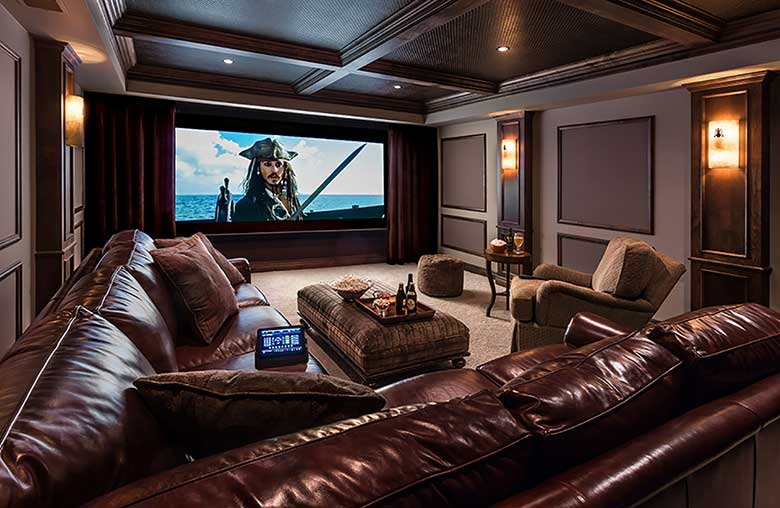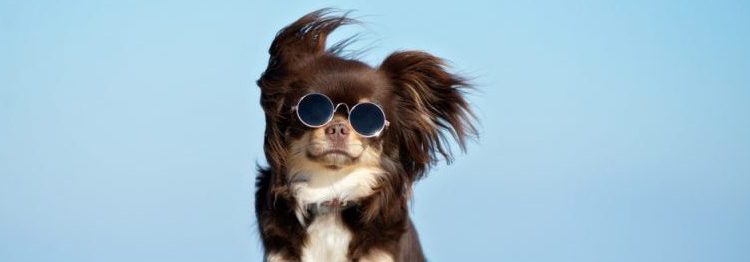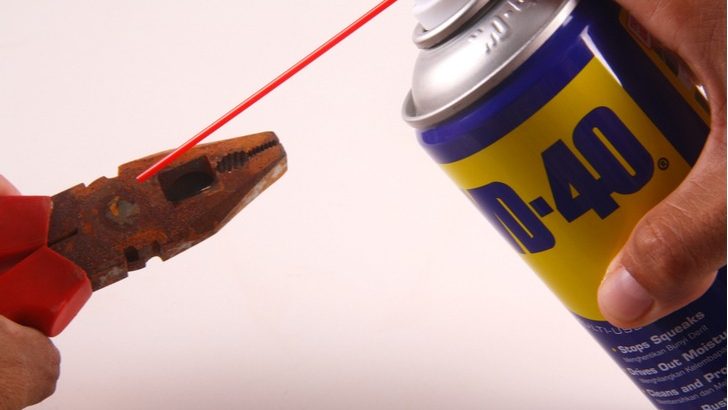Before buying a projector, you have to choose which technology suits you best: DLP (Digital Light Processing) or LCD (Liquid Crystal Display). We will clear out what lies behind these names and help you make the right choice.

DLP and LCD projectors feature imaging technology.
In a pocket projectors 2020, the light of a lamp is split into primary light rays using a prism: green, blue and red, and then it hits one of three small liquid crystal matrices. LCD matrices transmit light only at the points (pixels) needed to create the image, after which the three light beams are combined again and create a complete image.

In a DLP projector, light first passes through a rotating color filter. After that, it is guided by a million small movable mirrors and is projected through the lens onto the screen. Thanks to the movement of the mirrors in accordance with a certain color, the human eye perceives a full-fledged image, although it is formed from a sequential projection of pictures in three primary colors.
In addition to LCD and DLP projectors, there are competing models – LED projectors.
LED projector

None of the two technologies can be called perfect. Which projector would be best for you depends on what you are going to use it for.
The advantage of LCD technology is that the dark and light colors of the image are subtly graded. But at the same time, their maximum contrast is lower than that of projectors with DLP technology, because the image can not be created completely without light.

DLP technology allows you to turn off small mirrors in dark areas of the image, which is why the picture becomes really black, and the contrast, respectively, is higher than that of the LCD. The disadvantage of a DLP projector is that the picture consists of separate images of the primary colors. Fast moving objects may have a color loop called the “rainbow effect”.
- LCD – a projector which is best for watching movies and videos.
- DLP – best for photos and presentations.
Thus, if you want to use a projector for a home theater, it is better to purchase an LCD model to avoid the effect mentioned above. The DLP projector is better to be used for viewing photos and presentations, as it provides higher contrast.


